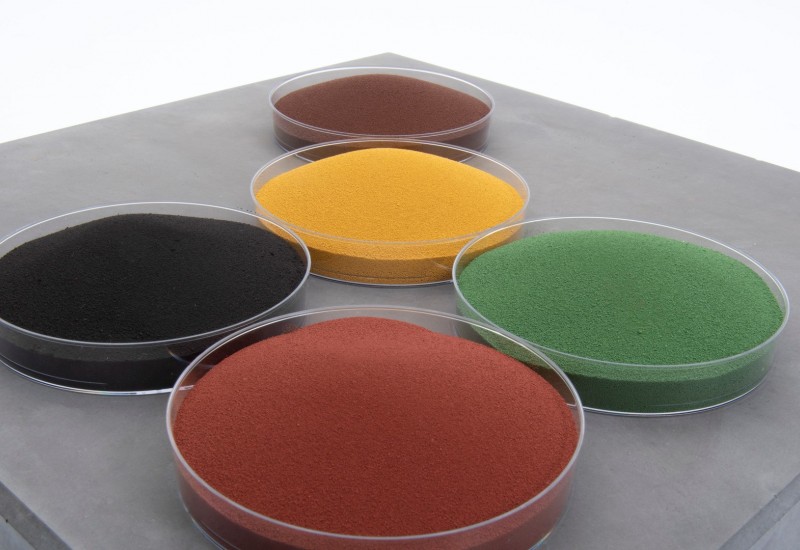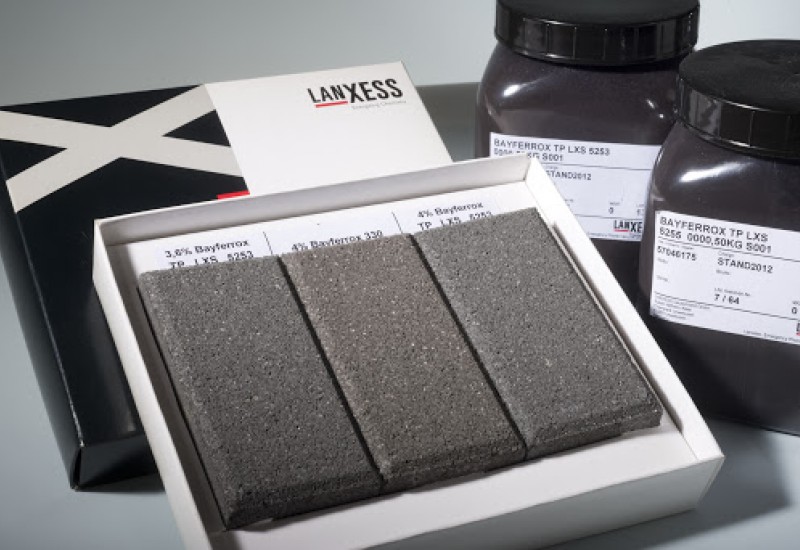Lanxess to continue pigment production
Lanxess has reversed a decision to sell the chromium oxide pigments business at the Krefeld-Uerdingen site in Germany, preserving 50 jobs there. This followed “intensive and lengthy negotiations” to secure a long-term supply of raw materials and identifying further potential for improvement along the entire value chain. Chromium oxide pigments are very heat-stable and are used for colouring glazes and enamels in ceramics, the production of refractory bricks and colouring a wide variety of materials.










